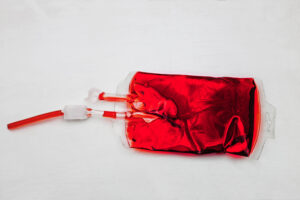While plasma from female donors increases the risk of transfusion-related acute lung injury (TRALI), observational studies have had conflicting results on the effect of donor sex on RBC transfusion recipient outcome. In order to better understand the effect of donor sex on transfusion recipient mortality, researchers in Denmark evaluated data from the Danish Capital Region Blood Bank Transfusion Database to emulate several hypothetical randomized trials. Data from 90,917 adult patients with no history of transfusions in the past 12 months (54.6% female) who were transfused with leukoreduced RBCs from either males or females only between 2008 and 2018 were eligible. Since Danish blood banks follow a first-in-first out policy for RBC units, the transfusion of RBC units was random according to donor sex. Patients were only included once—i.e. only the first transfusion event was included in the data analysis. Targeted maximum likelihood estimation method was used in conjunction with ensemble machine learning to mimic sex-stratified trials to compare the effectiveness of transfusing RBCs from either only male or female donors. Overall, 14.9% of male and 11.2% of female transfusion recipients died during the 28-day follow-up. The 28-day survival for male recipients was 2.06 percentage points (95% C.I., 1.81 to 2.32, P<0.0001) higher with transfusion from all male donors compared with all female donors. Compared to the current first-in-first-out practice, the 28-day survival for female recipients was 0.64 percentage points higher from all male donors and 0.62 percentage points higher from all female donors. Further research and randomized clinical trials are needed to confirm and explain the mechanism behind the morbidity and mortality associated with blood donor sex.
Reference:

